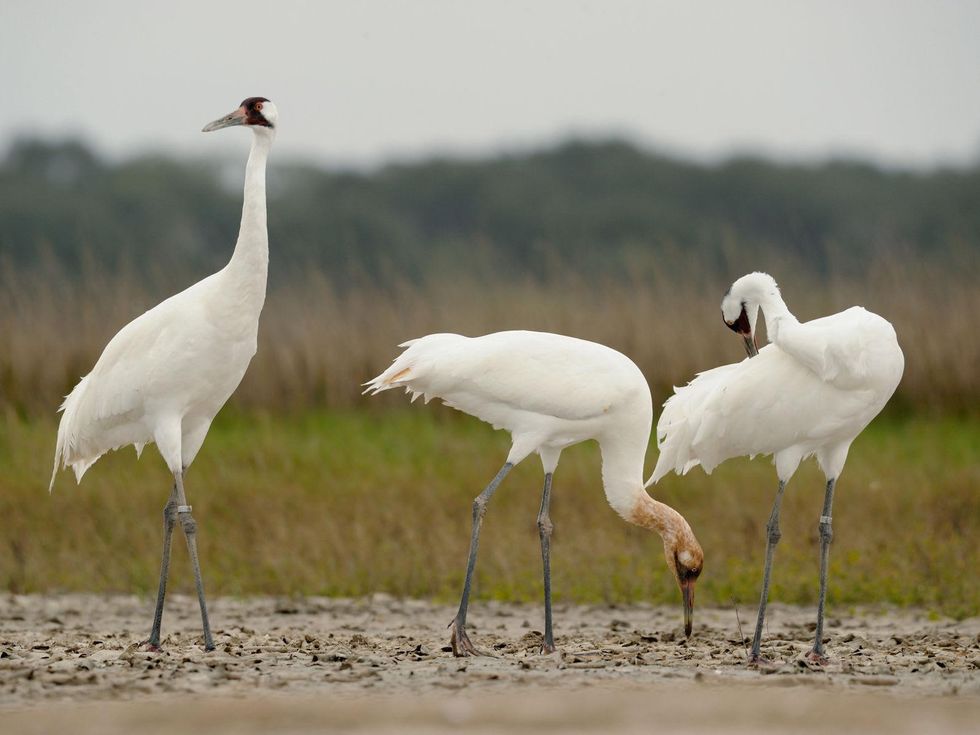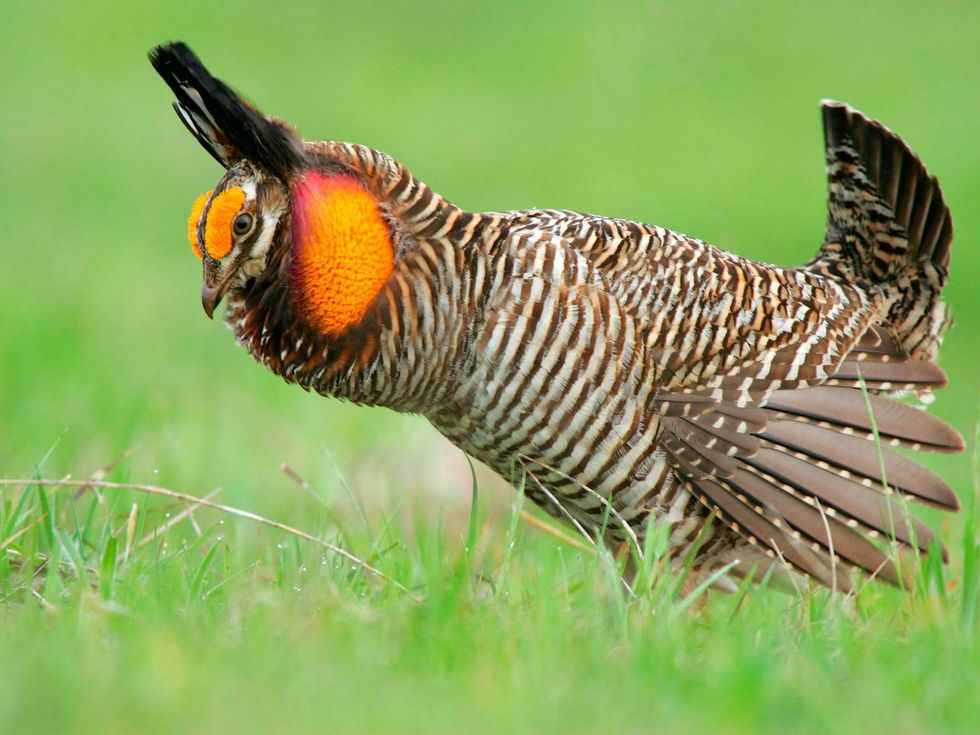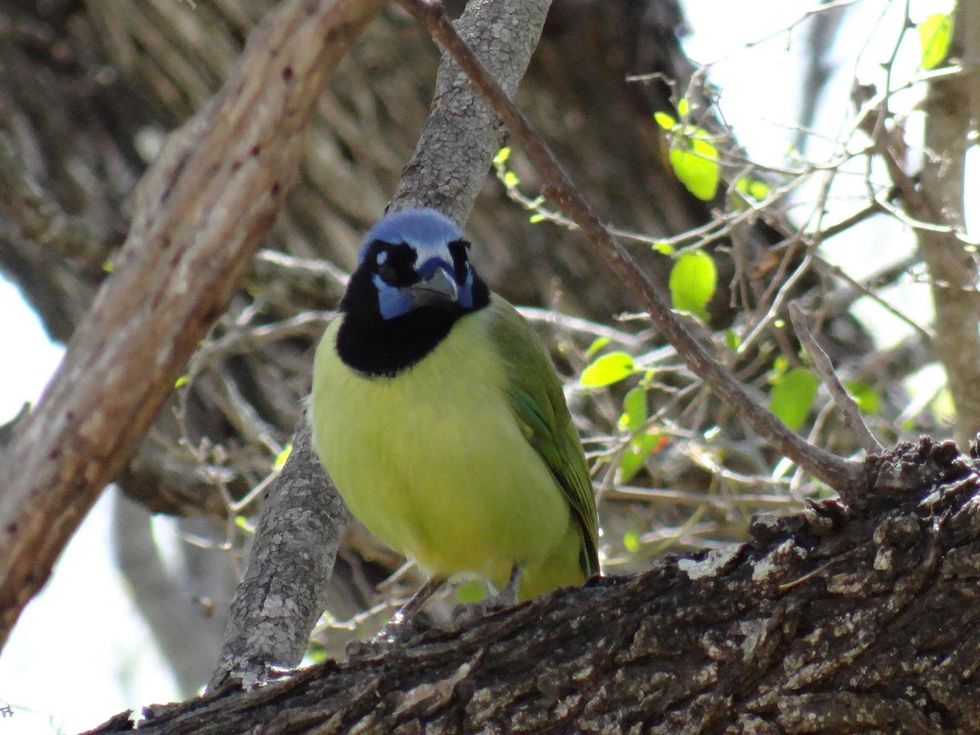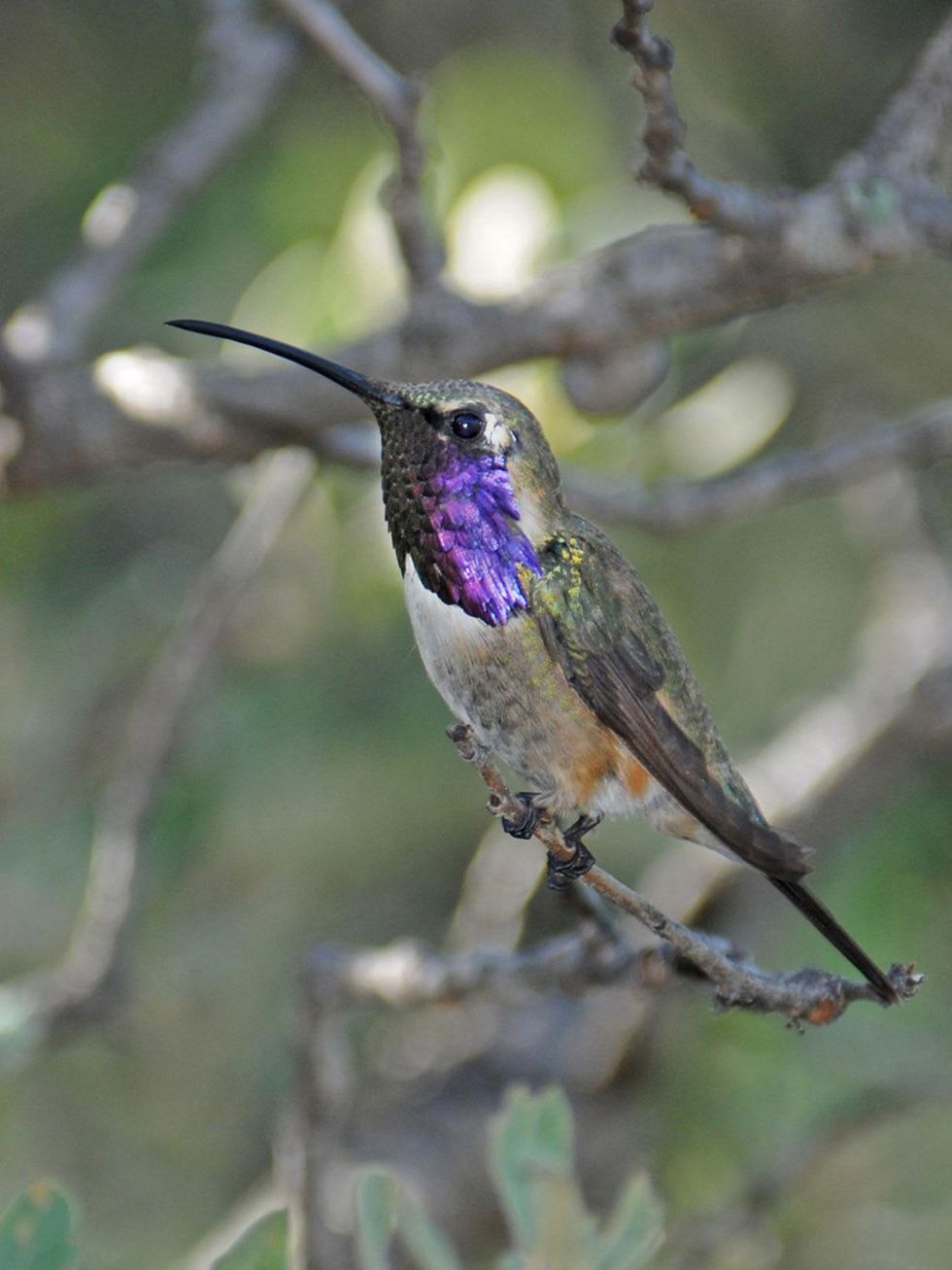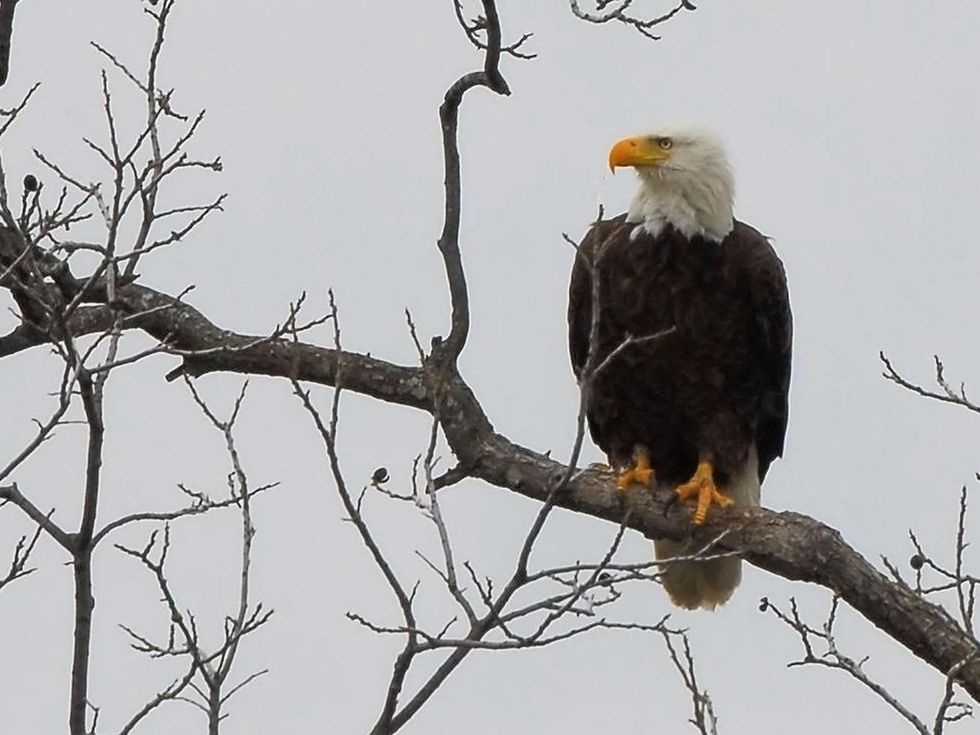Best Bird-Watching
Texas is for the birds: Best places for bird-watching in the Lone Star State
Texas presents travelers with a mountain (valleys and rivers) of recreational activities, but sometimes the most rewarding experience can come from just looking up. Some of the best bird watching in the U.S., if not the world, is here. Whether you’re a novice just wondering what that flash of color that flew past is or a twitcher, a bird watcher who likes a little competition in the photo hunt, Texas is a state where the skies, trees, marshes, and beaches teem, cry, sing, and boom with feathered life.
While birding can be all about the journey, a little partying is always nice too. We’ve compiled an overview of some of the best spots recommended by birding experts, but we’ve added in some small town festivals that give humans a good excuse to revel with their feathered friends.
This relatively small national refuge perches on many national and world best-birding lists because of one, very endangered bird, the Whooping Crane, the rarest crane species in the world. In fact, in 1941 only 15 individual birds remained. While there are now whoopers in captivity, thanks in part to conservations efforts, the last wild flock is up to approximately 250 birds. After nesting in the Northwest Territories of Canada, they travel 2,500 miles to winter in the refuge.
The Whooping Crane Festival, which is, unfortunately, not named Whoop Fest, annually welcomes the cranes bank to their winter home in Port Aransas. This year's festival ends Monday (Feb. 24) with birdwatching at La Copita Ranch, about seven miles outside Alice, Texas.
Lower Rio Grande Valley
This huge area also finds itself hovering majestically on many best-birding lists. The tip of Texas is a throughway that many birds must traverse when migrating north. For some species, known as “Valley Specialties” this is as far north as they’re going to get, so south Texas is the only place to see these tropical birds in the U.S. Great spots to watch for birds like the Green Jay, Hook-billed Kites, Great Kiskadees, and Plain Chachalaca are the Bentsen-Rio Grande Valley State Park in Mission, Estero Llano Grande State Park in Weslaco and the Resaca de la Palma in Brownsville.
The fact the mockingbird is the official state bird of Texas and not the wondrous ridiculousness that is Attwater’s Prairie Chicken is surely a travesty of bird justice.
The Rio Grande Valley Birding Festival happens in early winter in Harlingen. Further north, Rockport-Fulton parties with the hummingbirds at their annual Hummer Bird Celebration in September.
Big Bend National Park
For some Texans Big Bend requires an annual visit, for others it’s such a daunting drive that they’ll definitely put it on their bucket list, near the bottom. But for birders across the country, this is paradise.
Mountains, canyons, woodlands, desert, creeks, grasslands and the Rio Grande all meet up in Big Bend, creating a diversity of plant zones that birds love. 450 species have been recorded in the park, and like the lower Rio Grande area some of those birds are unique “specialities,” to the Chisos Mountains or border country, so Big Bend is one of the few spots in the U.S. to see them. Watch for the rare Varied Bunting, Mexican Mallards, Black-Capped and Gray Vireos, and the Colima Warbler. Stare into the abyss that is the tiny eyes of a Lucifer Hummingbird. . .and discover cuteness incarnate.
If you were one of the five people in the world who saw the 2011 Steve Martin, Owen Wilson, Jack Black competitive bird watching movie The Big Year, you already know that High Island is famous among twitchers because it is often a refuge stop for spring migrating birds flying thousands of miles over water on their way north. Sometimes during a great spring storm over the Gulf, the birds hit a strong headwind and look for a layover to rest. This “fall out” brings thousand of birds inland to take a break among the trees of the Bolivar Peninsula. The Galveston FeatherFest in April offers field and photo trips out to some of High Island’s most famous sites.
The northern Gulf Coast is also one of the best places in Texas to spot our national bird, the Bald Eagle.
Central Texas and the Hill Country
While it might not offer as many celebrity birds, the Hill Country has a plethora of rare bird spotting opportunities like the endangered Black-capped Vireo and golden-cheeked warbler, which nest exclusively in central Texas. Some of the "borderland specialties" manage to get up to this area as well, including the Zone-tailed Hawk, Elf Owl, Vermilion Flycatcher. Try the Kickapoo Cavern State Park or the Balcones Canyonlands National Wildlife Refuge. Not to be outdone by every other birding area, Balcones also has Annual Song Bird Nature Festival.
Attwater Prairie Chicken National Wildlife Refuge
About an hour outside of Houston, what may very well be the greatest bird in the universe, the male Attwater’s Prairie Chicken struts his considerable stuff for all the lady prairie chickens. In the spring, he commences with some booming on the lek. For those innocent souls not well versed in the mating stylings of the Attwater’s Prairie Chicken, a lek is a patch of communal ground — in this, case coastal prairie —where certain male species of birds or mammals display their wares and prowess to the females. The male Attwater’s Prairie Chickens will inflate his yellow air sacs to produce a loud booming sound, the ultimate love song that makes all the Attwater Chicken ladies swoon.
The fact the mockingbird is the official state bird of Texas and not the wondrous ridiculousness that is Attwater’s Prairie Chicken is surely a travesty of bird justice. Perhaps this issue could be brought up at the next Attwater Prairie Chicken Festival on April 12-13, because, damn right, there’s a festival for these creatures.
Got a favorite birding spot? Share it with us.
